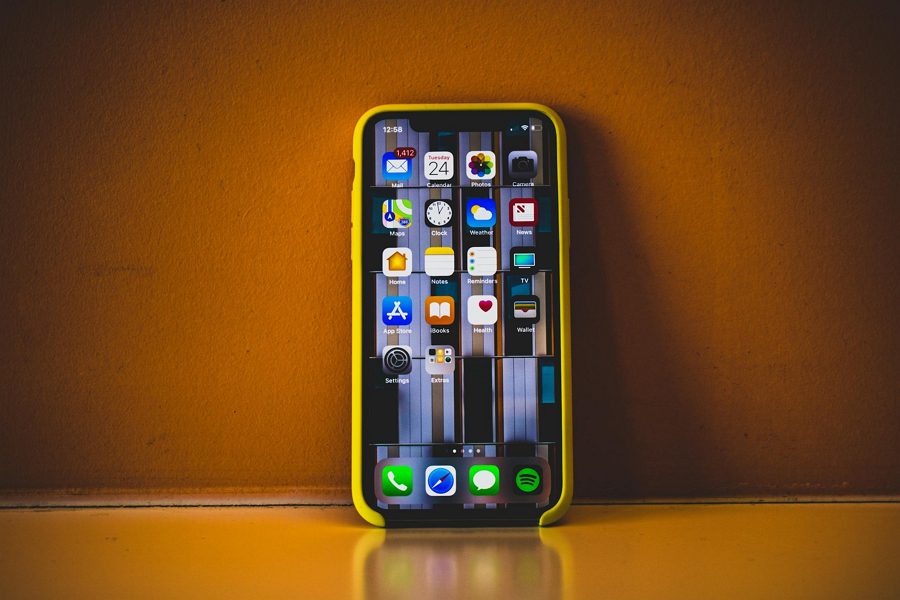Are you looking to share your Android phone’s mobile data connection with other devices? Setting up a mobile hotspot on your Android device is a quick and easy way to get other gadgets online when you don’t have access to Wi-Fi. In this article, we’ll walk you through the simple steps to enable hotspot on your Android phone so you can start sharing your internet connection in no time.
What is a Mobile Hotspot?
A mobile hotspot, also known as tethering, allows you to share your phone’s cellular data connection with other devices wirelessly. When you enable hotspot on your Android phone, it creates a Wi-Fi network that other devices like laptops, tablets, or even other phones can connect to and access the internet through your mobile data plan.
Step 1: Check Your Mobile Data Plan
Before enabling hotspot on your Android phone, it’s important to check your mobile data plan. Some carriers charge extra for hotspot usage or have limits on how much data you can use for tethering. Make sure you understand any additional costs or restrictions to avoid unexpected charges on your bill.
Step 2: Enable Mobile Hotspot in Android Settings
To turn on the mobile hotspot feature on your Android phone, follow these steps:
- Open the Settings app on your Android device.
- Go to Network & internet or Connections, depending on your device.
- Tap on Hotspot & tethering.
- Toggle on the switch next to Mobile Hotspot or Wi-Fi Hotspot.
Your Android phone is now broadcasting a Wi-Fi network that other devices can connect to.
Step 3: Configure Your Hotspot Settings
Once you’ve enabled the mobile hotspot, you can customize its settings to make it more secure and easier to identify. Here’s how:
- Tap on Mobile Hotspot or Wi-Fi Hotspot in the Hotspot & tethering menu.
- Change the Network name (SSID) to something unique and recognizable.
- Set a strong Password to prevent unauthorized access to your hotspot.
- Choose the Security type, preferably WPA2, for the best protection.
- Select the AP Band (2.4 GHz or 5 GHz) based on your needs and device compatibility.
By configuring these settings, you can ensure that your mobile hotspot is secure and easy to find when connecting other devices.
Step 4: Connect Other Devices to Your Hotspot
Now that your Android phone’s mobile hotspot is set up and configured, you can start connecting other devices to it. Here’s how:
- On the device you want to connect, open the Wi-Fi settings.
- Look for your hotspot’s network name (SSID) in the list of available networks.
- Tap on your hotspot’s SSID and enter the password when prompted.
- Once connected, the device should have internet access through your Android phone’s mobile data connection.
Keep in mind that the more devices you connect to your hotspot, the slower the internet speed may be, as they are all sharing the same mobile data connection.
Step 5: Manage Your Hotspot Usage
When using your Android phone as a mobile hotspot, it’s essential to keep an eye on your data usage and battery life. Tethering can quickly drain your phone’s battery and consume a lot of mobile data.
To manage your hotspot usage effectively:
- Monitor your data usage: Keep track of how much data you’re using while tethering to avoid exceeding your plan’s limits.
- Use power saving modes: Some Android phones have power saving options for hotspots that can help extend your battery life.
- Set a hotspot timeout: Configure your hotspot to automatically turn off when no devices are connected for a certain period to save battery.
- Disconnect devices when not in use: Turn off the hotspot or disconnect devices when you’re done using them to conserve data and battery.
By following these tips, you can ensure that your Android phone’s hotspot remains a reliable and efficient way to share your mobile data connection.
Conclusion
Enabling hotspot on your Android phone is a simple process that can be incredibly useful when you need to get other devices online without access to Wi-Fi. By checking your mobile data plan, enabling the hotspot feature, configuring the settings, connecting devices, and managing your usage, you can make the most of your Android phone’s mobile hotspot capabilities.
Remember to always prioritize security by setting a strong password and using WPA2 encryption, and be mindful of your data usage and battery life while tethering. With these steps and tips in mind, you’ll be able to share your Android phone’s internet connection with ease whenever you need it.

Leave a Reply